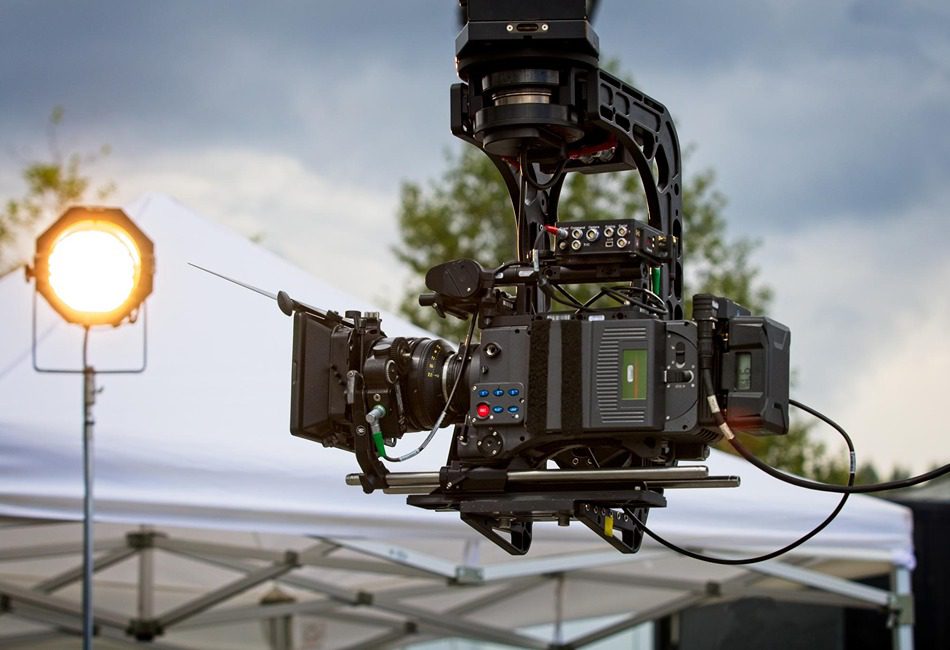From using renewable energy in film production to reusing and recycling, these eco-friendly practices are making a big difference
Implementing sustainable filming practices into your next movie or television show can significantly and immediately impact a planet that is increasingly pushed to its limit. It’s no surprise that producing a blockbuster film or television show can wreak havoc on the natural environment. But with waste reduction in filmmaking, green tax credits and using renewable energy in film production, conservation efforts in the industry are making a substantial change with sustainable filming.
Be sure to Subscribe for FREE to Destination Film Guide and Download the Magazine for FREE to uncover more unique production content and expert resources.
Why is Sustainable Filming So Important?
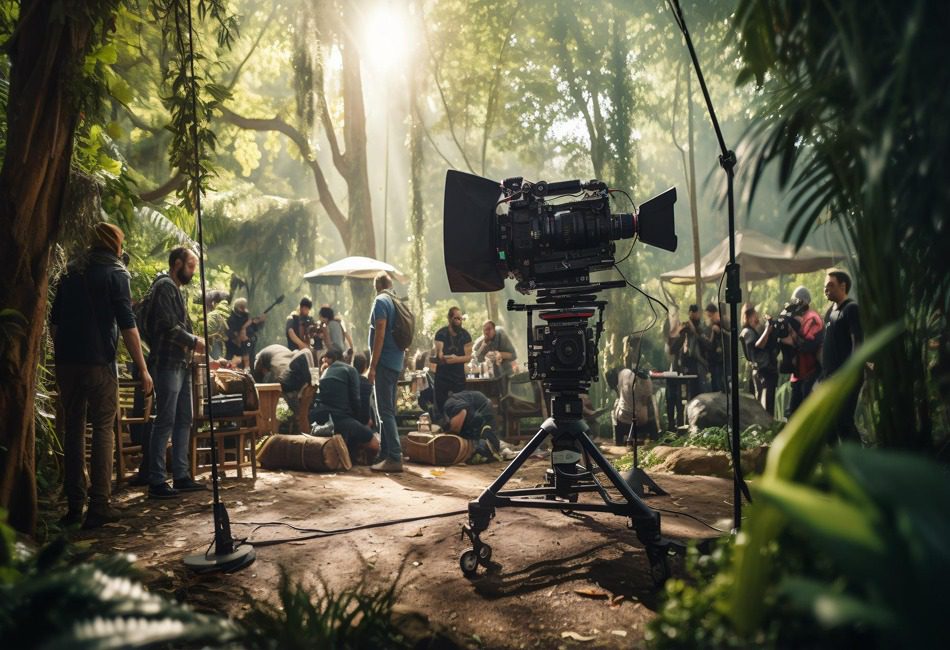
Productions can be harsh on the natural environment. Establishing on-site office facilities requires clearing land and installing structures such as air conditioning units and temporary restrooms that utilize tremendous energy. Electrical wiring and loud noises disrupt natural ecosystems, and film productions often rely on one-use plastic water bottles and catering utensils to feed the cast and crew. The most significant environmental damage comes from vehicle and heating emissions—massive productions such as Barbie or Oppenheimer can emit nearly 4,000 metric tons of CO2 equivalents daily, the same as a car driving seven million miles. Thankfully, many innovative companies are actively working to minimize these damaging results by using renewable energy in film production.
What’s Being Done to Promote Sustainable Filming?
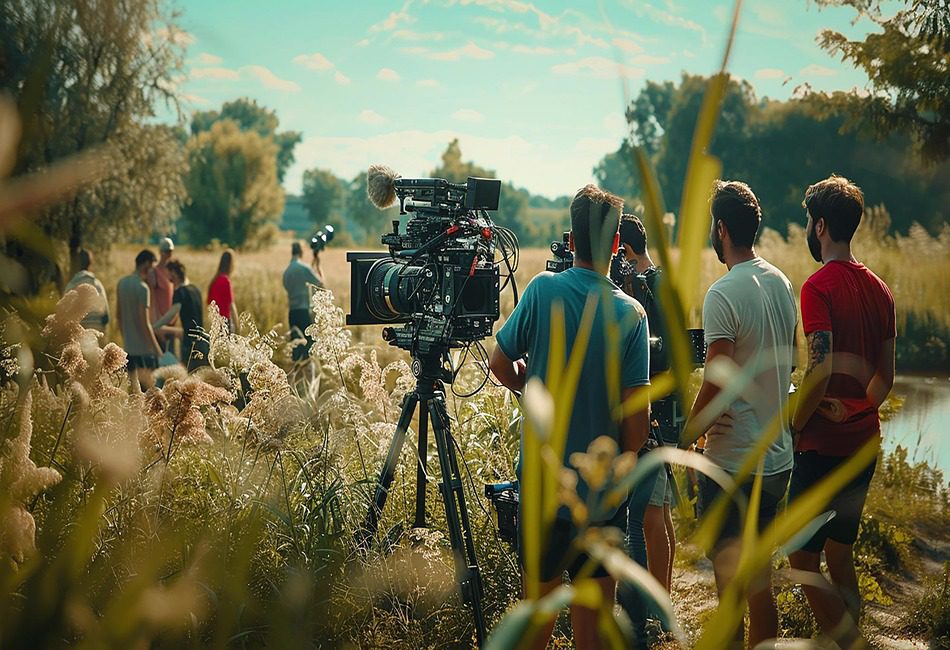
Major studios, including Disney, Netflix and NBC Universal are leading the way toward sustainable filming and television production. Their collaboration has resulted in the Green Production Guide, a comprehensive tool that assists production teams in creating sustainable film set designs. This guide includes a carbon emissions calculator, a list of green vendors and testimonials from previous crew heads about their sustainability action plans. NBC Universal’s ambitious goal of carbon neutrality for all film productions by 2035 is a beacon of hope, and HBO (now a subsidiary brand of Warner Bros.) is consistently striving to make its programming as environmentally friendly as possible. A sterling example is HBO’s hit 2024 series True Detective: Night Country, which we’ll use as an example below.
Be sure to Subscribe for FREE to Destination Film Guide and Download the Magazine for FREE to uncover more unique production content and expert resources.
Steps to Become a Eco-Friendly Production Company

Your next project can achieve a high level of sustainability, just like True Detective: Night Country, by dividing production into three areas:
- On-site location shooting
- Indoor set construction
- Your production office
1. Practice Sustainable Filming at On-Site Locations

After True Detective: Night Country’s scripting and pre-production process, the eight-episode show was predicted to use 150,000 single-use plastic bottles and 4,000 gallons of gasoline. The show earned a Gold Seal from the EMA (Environmental Media Association) by rigorously adhering to self-imposed guidelines before any on-site location shooting began and brought on PGA Green founder Mari Jo Winkler as a producer. Winkler guided HBO to formalize its sustainable filming practices after she worked on the Martin Scorsese-produced Vinyl in 2015, and her structure helped guide Night Country to become a success.
Winkler recommended moving production from Night Country’s Alaska setting to Iceland, which could replicate the plot’s snowy environment but utilize the Norse country’s geothermal resources for 100% clean energy sets and studio spaces. This is a prime example of using renewable energy in film production. Location shooting is the most difficult setting to eliminate waste and introduce sustainable practices, but here are some ways to lower your impact:
- Temporary structures such as trailers, video villages and catering tents should be plugged into a pre-existing electrical grid or solar-powered instead of relying on gasoline-fueled generators
- Rent a fleet of electrical or hybrid vehicles to eliminate emissions
- Ditch paper from all call sheets and timecards
- Make all sound and lighting equipment in a natural environment battery-powered to reduce insulated wiring that relies on materials such as plastic and rubber that are difficult to recycle or repurpose
2. Implement Eco-Friendly Film Production Set Designs

Indoor sets for True Detective: Night Country were constructed by using renewable energy in film production. In fact, the production rented 40 hybrid vehicles to save 15,000 gallons of gas, and the entire shoot used a rigorous waste management system that clearly marked every recycling and compost receptacle. There were also designated water refill stations so that the cast and crew could drink from refillable canteens instead of single-use water bottles.
Here are easy eco-friendly ideas that you can implement for a sustainable film set design and green film production practices:
- Retrofit a set with LED lighting and rechargeable batteries for sound equipment and headsets
- Donate uneaten craft services food to local nonprofits for significant waste reduction in filmmaking
- Plywood and faux walls can be made from recycled content materials
- Switch from packing foam to paper for storage
- Itemize props so that they can be re-colored or re-designed rather than constructed from scratch, which also creates waste reduction in filmmaking
- Encourage sustainable filming practices among cast and crew by eliminating single-use water bottles and carpooling to work
Be sure to Subscribe for FREE to Destination Film Guide and Download the Magazine for FREE to uncover more unique production content and expert resources.
3. Eco-Friendly Film Production Office
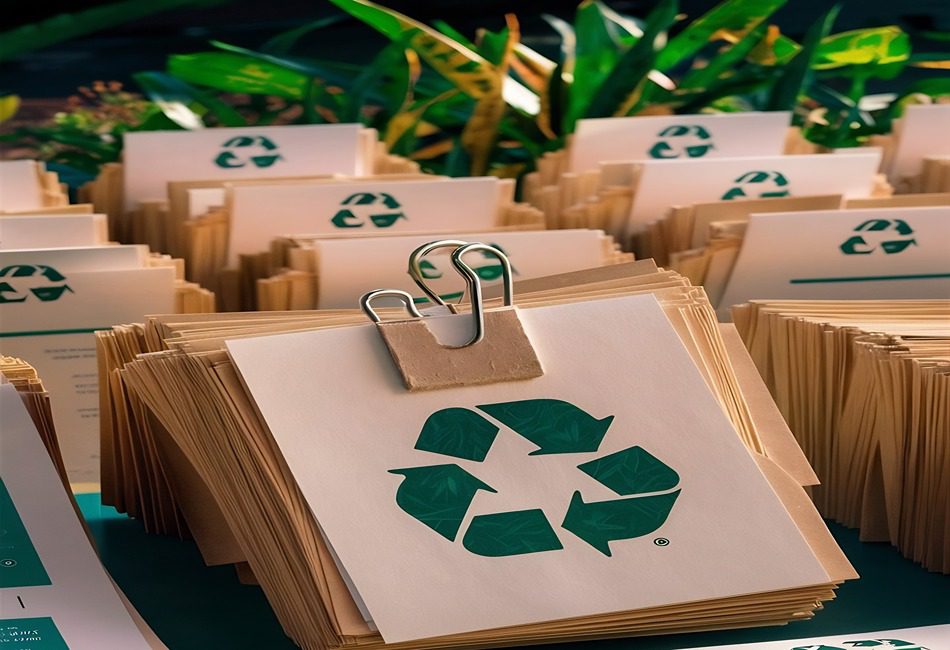
At your production office, you can implement sustainable architectural and supply policies that most corporations follow to minimize their environmental footprint. Some green film production practices include:
- Consider formalizing your trash and recycling receptacles with bold colors such as blue and green for easy recognition and to serve as a reminder to recycle
- Purchase recycled copy paper for scripts
- Collect batteries and expired fluorescent lightbulbs for proper disposal
- Eliminate single-use products from your kitchen such as plastic utensils and cups
- You can also encourage hybrid work schedules and consolidated meeting schedules to minimize internal combustion engine use by employees
Sustainable Filming Tax Credits
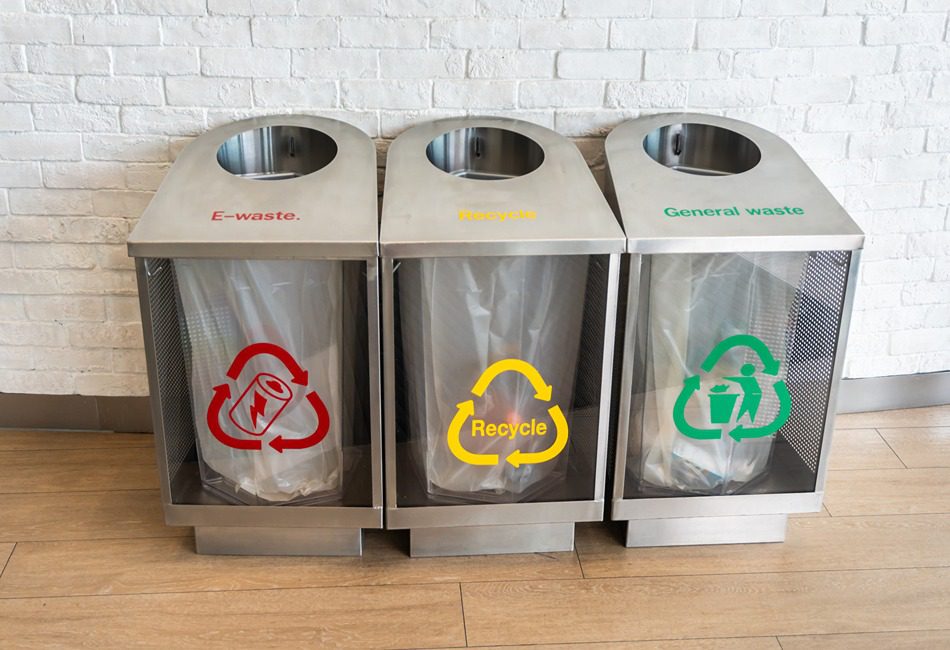
In addition to the obvious environmental impacts, your efforts to create a more sustainable movie production or television show also result in significant financial benefits. The film My Dead Friend Zoe, a dark comedy executive produced by NFL star Travis Kelce, was partially funded through transferable tax credits predicated on “green” film production practices. Introduced by the U.S. government in 2022 under the Inflation Reduction Act, these credits are granted to clean energy films that wish to diversify their portfolio and invest in other sectors such as film production.
My Dead Friend Zoe is a production of Radiant Media Studios, whose co-founder, Mike Field, is an investor in green energy projects. Field sold green energy tax credits to raise cash for the film, which in turn implemented several of the sustainable filming practices outlined earlier. This approach not only ensures more sustainable filming and production practices are introduced to film projects, but it points a way forward for a flagging independent film marketplace that often struggles to obtain funding for low- and medium-level projects lacking significant star power. Of course, introducing eco-friendly film production practices to film sets and production offices will present challenges. However, the long-term benefits for the environment and potential financial rewards from green tax credits make sustainable filming an easy choice.
Be sure to Subscribe for FREE to Destination Film Guide and Download the Magazine for FREE to uncover more unique production content and expert resources.
By Miles Dobis

